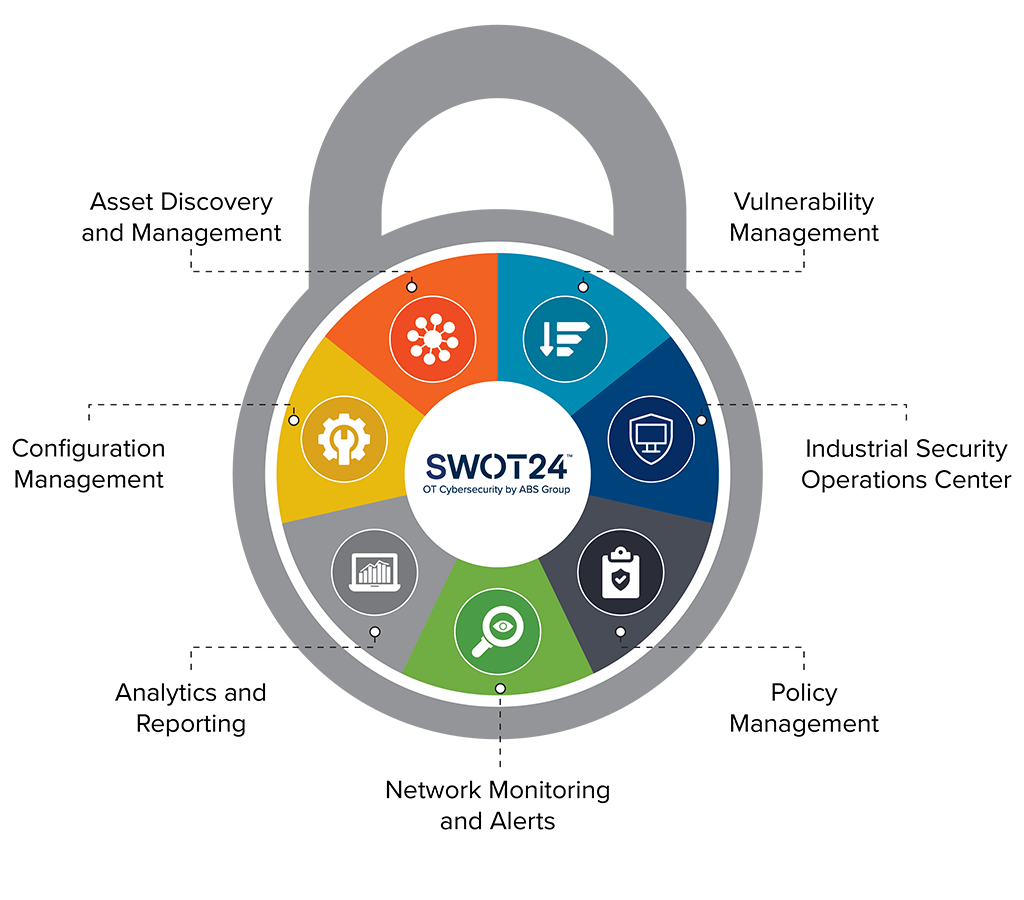Discovering Just How Cyber Safety And Security Works to Guard Your Online Presence
In today's electronic landscape, shielding one's on the internet visibility has become increasingly crucial, with cyber dangers developing at an alarming pace. Cyber safety and security utilizes a multifaceted strategy, incorporating advanced innovations like firewall softwares, file encryption, and multi-factor verification to secure sensitive info. How do these innovations function together to create a smooth guard against cyber dangers?
Comprehending Cyber Threats
In the digital landscape, cyber risks represent an awesome obstacle, calling for a nuanced understanding of their nature and possible impact. These risks include a wide variety of malicious tasks coordinated by people, groups, or also nation-states, targeting delicate data, disrupting operations, or creating reputational damage. Comprehending cyber risks begins with determining the numerous forms they take, including malware, phishing, ransomware, and dispersed denial-of-service (DDoS) attacks.
Malware, or malicious software application, consists of infections, worms, and trojans that infiltrate systems to take information or trigger damage (Best Cyber Security Services in Dubai). Phishing assaults deceive customers right into revealing secret information, frequently by impersonating as credible entities. Ransomware encrypts sufferers' information, demanding a ransom money for its release, presenting substantial operational and monetary threats. DDoS attacks aim to bewilder systems, making them pointless and disrupting services.
Recognizing the inspirations behind these threats is important. By thoroughly recognizing the diverse nature of cyber dangers, organizations can better anticipate prospective vulnerabilities and strategically designate resources to boost their defenses versus these ever-evolving dangers.
Secret Cyber Safety Technologies
As companies strive to secure their electronic properties, essential cybersecurity technologies play a critical role in fortifying defenses versus cyber risks. IDS screen network website traffic for questionable tasks, while IPS actively block possible dangers, making sure real-time defense.
Moreover, antivirus and anti-malware options continue to be basic in recognizing and mitigating destructive software program. They utilize heuristic and signature-based techniques to detect unknown and recognized risks. Endpoint discovery and feedback (EDR) systems additionally improve protection by supplying comprehensive exposure into endpoint tasks, enabling quick event action.
Identification and accessibility management (IAM) technologies make sure that just licensed customers access to vital resources, therefore decreasing the risk of unapproved information access. Multifactor verification (MFA) adds an additional layer of safety and security, requiring individuals to provide numerous confirmation factors.
In addition, safety information and event management (SIEM) systems aggregate and examine safety and security information, offering understandings into potential susceptabilities and facilitating aggressive danger management. These innovations collectively develop a durable structure, equipping companies to maintain a resilient cybersecurity posture.
Role of Firewalls and File Encryption
Firewall softwares and encryption are important elements of a durable cybersecurity approach, each offering a distinctive yet complementary role in guarding digital settings. Firewall softwares function as obstacles between trusted internal networks and untrusted exterior entities. By managing incoming and outgoing network website traffic, they stop unapproved access to systems and data. Firewall programs use predefined protection rules to obstruct or permit information packets, effectively securing delicate information from cyber hazards. They are the initial line of protection, filtering system web traffic and making certain only reputable interactions are enabled.
Encryption, on the various other hand, transforms understandable data right into an inscribed style that can only be analyzed with a specific cryptographic trick. This process ensures that data stays personal and secure during transmission or storage. Also if intercepted, secured information is made worthless to unapproved users without accessibility to the decryption key. File encryption is critical for safeguarding delicate details additional resources such as financial data, individual identification details, and proprietary company details.
Together, firewall softwares and file encryption give a detailed defense reaction. While firewalls handle access and shield networks from unauthorized entry, encryption safeguards information stability and confidentiality. Their integrated application is essential in mitigating dangers and guaranteeing the safety of digital assets in a significantly interconnected globe.

Significance of Multi-Factor Verification
While firewall programs and security form the foundation of cybersecurity, enhancing defenses even more useful reference needs the application of multi-factor authentication (MFA) MFA adds an added layer of security by needing individuals to confirm their identity via 2 or more various factors before gaining access to sensitive information or systems. These elements typically include something the individual understands (a password), something the customer has (a security token or smart device), and something the customer is (biometric verification such as a finger print or facial acknowledgment)
The value of MFA in securing on-line existence is paramount in today's digital landscape. With cyber dangers coming to be progressively innovative, relying entirely on standard password-based authentication leaves systems susceptible to violations. MFA dramatically decreases the threat of unapproved access by making it greatly more challenging for cybercriminals to compromise an account. Even if a password is taken, the added confirmation actions function as a formidable obstacle.

Behavioral Analytics in Cyber Safety And Security
Behavioral analytics stands for a critical advancement in cybersecurity, supplying an innovative strategy to risk discovery and avoidance. By analyzing patterns in customer behavior, this approach determines abnormalities that may show potential cyber hazards. Unlike conventional protection actions, which typically depend on predefined rules and signatures, behavior analytics leverages maker discovering and statistical models to establish a baseline of typical activity. When deviations from this standard recommended you read happen, it triggers alerts for more examination, enabling quicker action times to potential breaches.
This technology is especially effective in spotting expert risks and zero-day assaults, which are commonly missed by conventional safety systems. Insider dangers, where individuals within an organization abuse accessibility opportunities, can be tough and especially damaging to find. Best Cyber Security Services in Dubai. Behavior analytics supplies a layer of analysis that can capture subtle discrepancies in habits, such as uncommon accessibility patterns or information transfers, prior to they rise into considerable security events
In addition, the dynamic nature of behavior analytics enables it to adjust to developing threats, giving continual security as cyberattack methods change. As companies progressively rely upon digital facilities, incorporating behavioral analytics into cybersecurity strategies makes sure a resilient protection, guarding delicate information and keeping count on digital communications.
Conclusion
In verdict, the multifaceted approach of cyber safety and security, incorporating modern technologies such as firewall programs, encryption, multi-factor verification, and behavior analytics, plays a vital role in protecting on-line presence. By filtering system website traffic, securing data transmission, requiring several verification approaches, and keeping an eye on user task for anomalies, these innovations jointly address the complexities of modern cyber risks. This layered defense not just safeguards personal and financial details but also guarantees continual defense in an ever-evolving electronic landscape.

As companies strive to guard their electronic possessions, crucial cybersecurity innovations play a crucial duty in fortifying defenses against cyber risks. Firewall programs make use of predefined safety and security guidelines to obstruct or allow data packages, successfully securing delicate information from cyber threats.This modern technology is specifically efficient in discovering expert hazards and zero-day assaults, which are often missed out on by standard safety systems. By filtering system traffic, safeguarding information transmission, requiring multiple confirmation techniques, and keeping an eye on individual task for abnormalities, these technologies collectively attend to the intricacies of modern-day cyber risks.